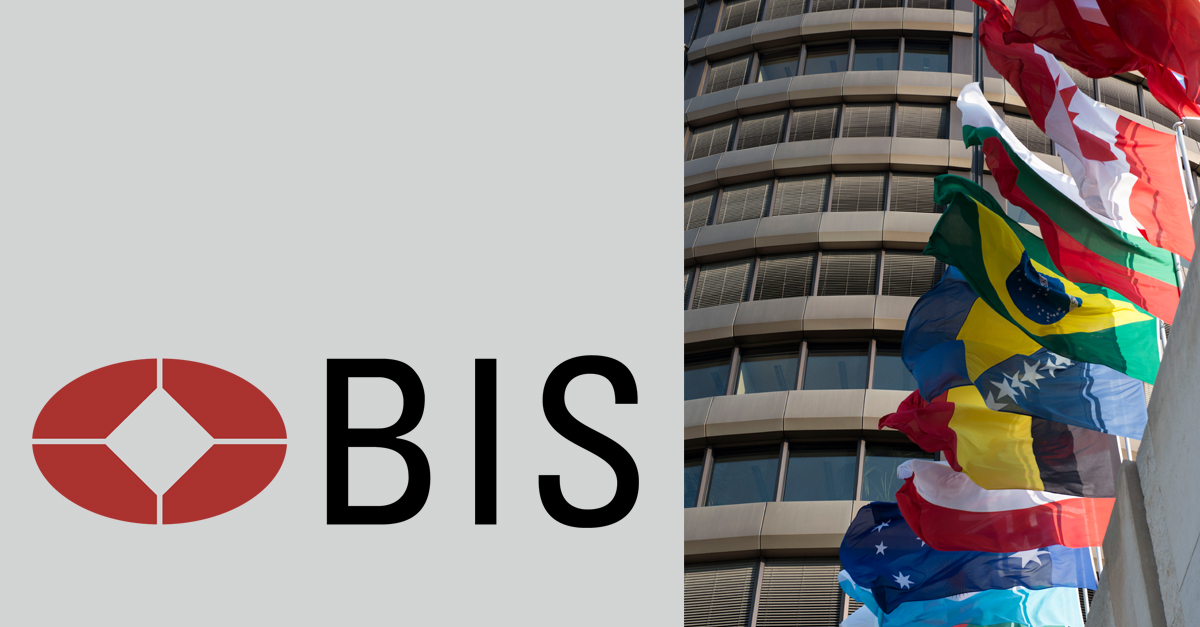- Messages
- 23,741
- Reaction score
- 4,352
- Points
- 288
Paul Ryan Says 'Stablecoin Legislation Would Be A Good Step' To Strengthen US Treasuries
Former Speaker of the House Paul Ryan emphasized the importance of stablecoin regulation, advocating for it as a crucial step for the U.S. financial system.What Happened: Ryan believes that passing stablecoin legislation this year could significantly bolster demand for U.S. Treasury securities and enhance the global standing of the U.S. dollar.
“Stablecoin legislation would be a good step in the right direction. That could be helpful. That could be done this year,” Ryan told Bloomberg in an interview on May 10.
He highlighted that stablecoins, which are digital currencies backed by the U.S. dollar, differ from cryptocurrencies due to their reliance on real-world assets like treasuries and cash for backing.
More:


















